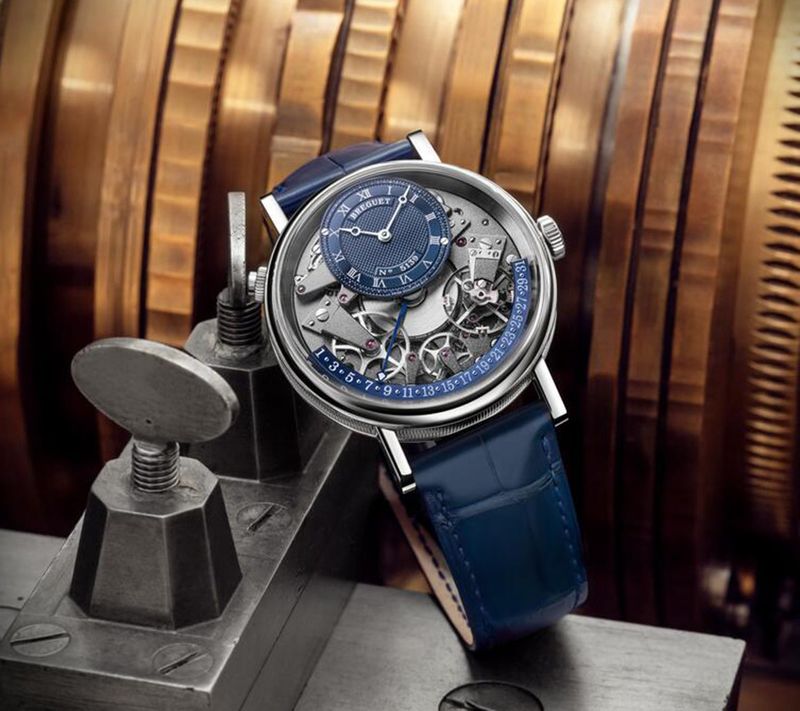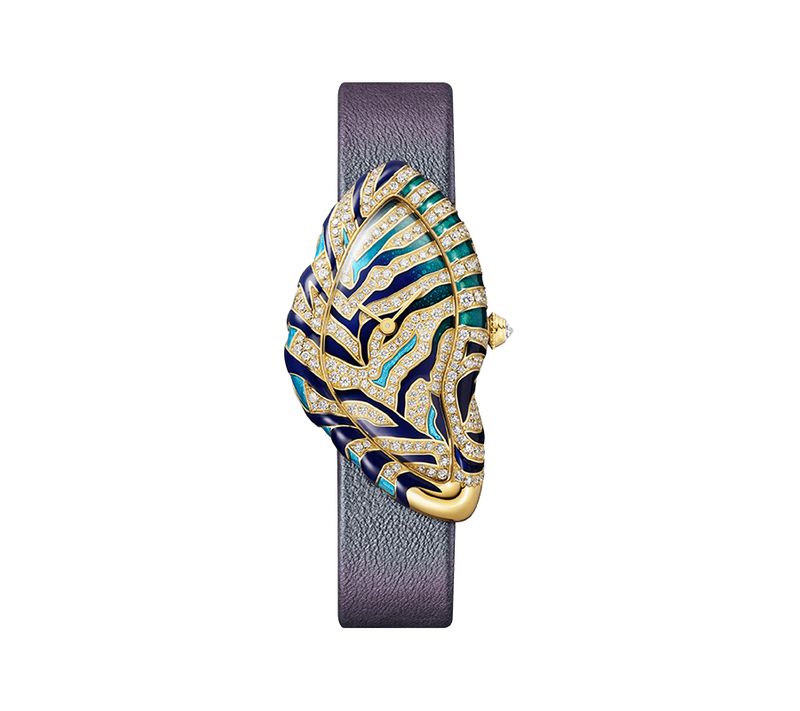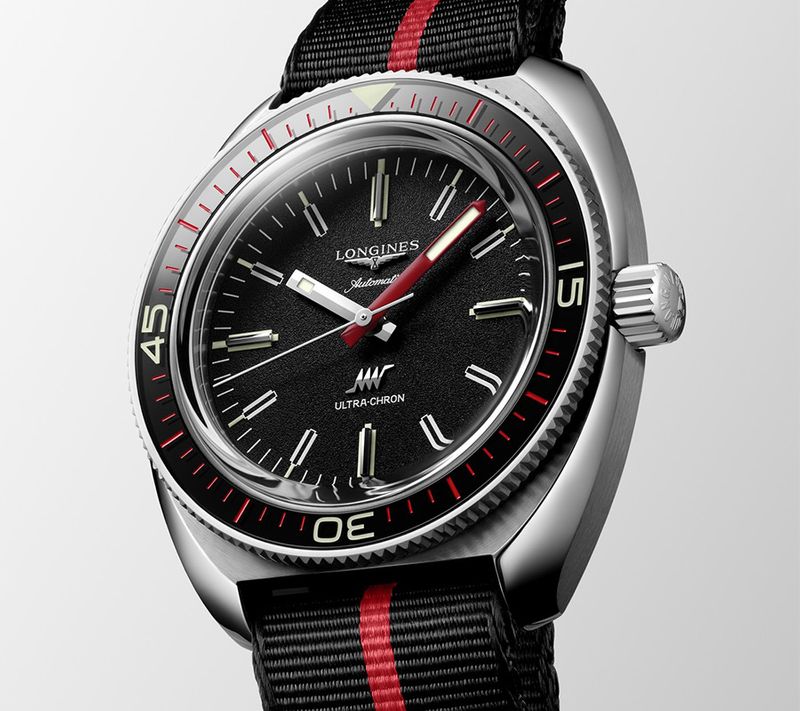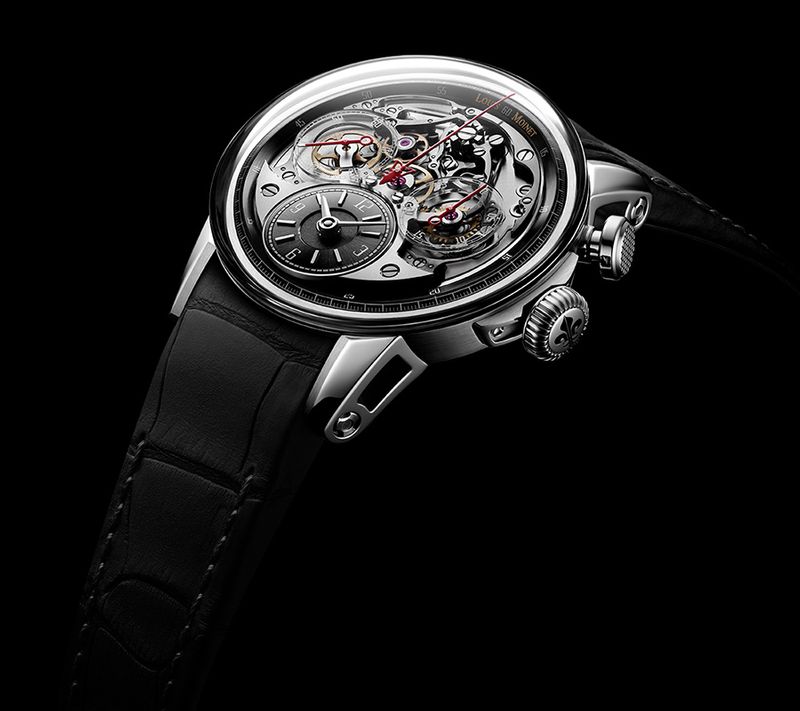When it comes to the luxury watch industry, it’s the past that guides brands of prestige into the future, and builds monumental value and inspirations from the past, reissues, anniversaries and commemorative pieces are not uncommon. This year is no exception.
I had the privilege of meeting the chairman of the Swatch Group and among the most powerful people in the luxury watch industry, Nicolas G. Hayek a few times before his unfortunate demise in 2010. In one of our many chats, I recall him narrating to me the incident about how the group acquired the brand, Breguet. The board was not convinced initially and then came around as Hayek was even willing to pick it up in his personal capacity if the group didn’t. The rest, they say is history. It’s a different story that the sharp businessman in Hayek also wanted to acquire two brands-- Breguet and Nouvelle Lemania, the Vallée de Joux movement producer, which was part of the Breguet Group and made the movements for the series of Omega Moonwatch that remains a true icon in the world of watchmaking. The Moonwatch was worn by the Apollo 11 astronauts during history’s first moon landing, and several other space missions. Hayek ensured an unhindered supply of movements for Omega in the future. When asked, Hayek always insisted he wanted both Lemania and Breguet.
Now, the shining glory of the Swatch Group, which boasts of brands from Omega to Swatch, Longines to Rado, Blancpain to Hamilton, Breguet had had a discontinuous past but with a glorious legacy of serving the kings and the queens of Europe in the 18th and the 19th century. And it is this history, Hayek put his money on and succeeded immensely in reestablishing Breguet at the pinnacle of the watchmaking hierarchy by bringing the spotlight on the founder A.L. Breguet as the founder of the famed tourbillon complication, changing the advertising campaign of the earlier owner- Investcorp from sporty Type XX chronograph models to heritage pieces and famous patrons like Tsar Alexander, Napoleon Bonaparte, Victor Hugo and Leo Tolstoy, aggressively acquiring historical Breguet masterpieces at auctions, displaying them at the Breguet Museum in Paris and pushing modern watchmaking in the spanking new Breguet manufacture, that he modernised. I remember him telling me, “It's only after I acquired Breguet, I realised I had pearls in my hands.”
1. The Modern Subscription
Breguet Tradition Quantieme Retrograde

When it comes to evoking the past in the world of watchmaking, there can hardly be anything more historical than the Breguet Tradition timepiece. A tribute to Souscription (Subscription) watches (A.L. Breguet’s masterstroke to ask clients to pay a part in advance towards the construction of simple pocket watch movements and pay later on delivery) of the late 18th century, the Tradition collection is all about the exposed architecture of its movement. Over the years, Breguet has released the Tradition in several mechanical references including the Tradition Quantieme Retrograde in a very modern-looking white gold case and a very unlikely blue dial recently.
So, what else did I see this year at the Watches and Wonders, Geneva and at other private exhibitions that fast-forwarded nostalgia to open glorious new chapters of watchmaking? Here are four more distinctive timepieces.
2. Accidental modern art
Cartier Crash Métiers d’Art

The idea of the iconic Cartier Crash was first conceived in 1967, deep in the heart of Swinging London, Cartier’s London boutique on Bond Street, a location that to this day remains the flagship for the Maison in the United Kingdom. Capturing the vibrant energy of the city and inspired by the innovative spirit of Jean-Jacque Cartier and the team of craftsmen, this location would see the creation of the most avant-garde designs in its collection. Despite having a strong resemblance to the distorted watch in Salvador Dali's ‘The Persistence of Memory,’ the asymmetric design of the Cartier Crash has no connection with Dali’s work. The idea of Crash was born when a client of Cartier brought in his damaged Baignoire timepiece from a car accident to the London boutique in 1967. According to the story, this distorted Baignoire model gave the jeweller the inspiration to make the first ever asymmetric case for the watch which celebrates non-conformism and creative freedom.
This year, craftsmen at the Maison des Métiers d’Art have taken the iconic timepiece to another level by making the dial the source of creative expression of Cartier’s craftsmanship: the organic and vivid character of its lines evoke a uniquely animal presence combining their knowledge of enamel, marquetry and gold bead granulation. They have drawn their inspiration from the great animals of Africa: the panther, the Maison’s emblematic feline since 1914, the giraffe, and the zebra. The yellow gold case, dial and buckle are set with 242 brilliant-cut diamonds (1.64 ct). The dial and bezel carry detailed champlevé enamel and enamel work on silver foil. The crown is set with a pyramid-cut diamond (0.09 ct). This numbered limited edition 50-piece watch is fitted with Manufacture manual winding 1917 MC mechanical movement.
3. Reinterpreting a classic design
Vacheron Constantin Historiques 222
Legendary designer Jorg Hysek designed a masterpiece for the oldest continuing watchmaking brand in the world, Vacheron Constantin in 1977. This model- named after the year of the anniversary- marked a turning point in the history of the Manufacture, marking its remarkable foray into the world of sporty-chic watches. In 2022, Vacheron Constantin reissued its legendary 222, unveiled in 1977 to celebrate the 222nd anniversary of the Maison. Among the various existing 222 models, the reference in 18K 3N gold with a 37 mm diameter was chosen for the reinterpretation. In keeping with the spirit of the Historiques collection, the Vacheron Constantin Historiques 222 perfectly symbolises Vacheron Constantin’s rich aesthetic and cultural heritage through a contemporary reinterpretation.
4. Hitting high frequency since a century
Longines Ultra-Chron

Longines has a rich heritage of producing high-beat movements for over 100 years. Drawing from the legacy, Longines has launched a new model that scores high on chronometry, considered more accurate than a chronometer. The new Longines Ultra-Chron ticks at an astonishing 10 beats a second, the high-frequency movement guaranteeing higher precision. The new model is inspired by the original Longines Ultra-Chron Diver of 1968, the new model reflects the design codes of its ancestor and offers high resistance to shocks, scratches and water pressure.
5. Memories from a distant past
Louis Moinet Memoris Spirit

Initially introduced in 2016 to celebrate the 10th anniversary of the Ateliers Louis Moinet and the 200th anniversary of the Compteur de Tierces, Memoris is an innovative stopwatch created by the eponymous watchmaker. Turning the tradition of showing chronograph movement on the watch caseback upside down (quite literally), the Memoris transposes the chronograph mechanism to the dial. In 2022, the model returns in a modernised version, the Louis Moinet Memoris Spirit.

Going back into the history, the Compteurs de Tierces stopwatch was designed in 1815-1816 to time the passage of the stars – it measured intervals to the 60th of a second with start, stop, and reset functions. This impressive precision is achieved due to its balance wheel beating at a staggering 216,000 vibrations per hour!
The Louis Moinet Memoris Spirit is a modernised, distilled expression that is also more wearable in a 40.7mm case making it significantly smaller and lighter than the original 46mm version. No wonder Louis Moinet digs into its rich ancestral know-how and combines this expertise with an avant-garde design to deliver a modern-day masterpiece.
Mitrajit Bhattacharya is India's foremost luxury watch expert & Founder, The Horologists.




